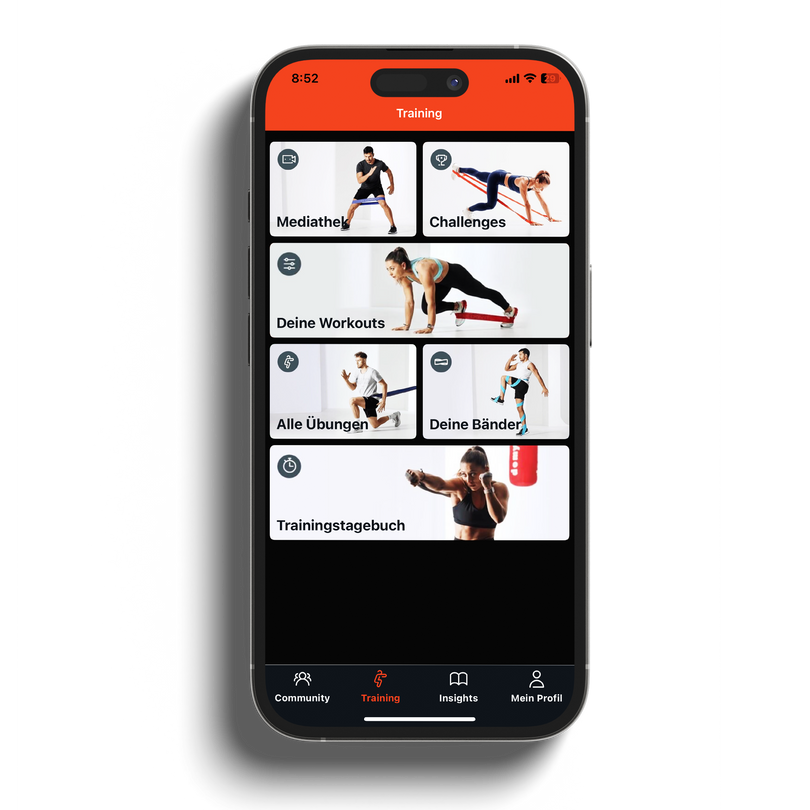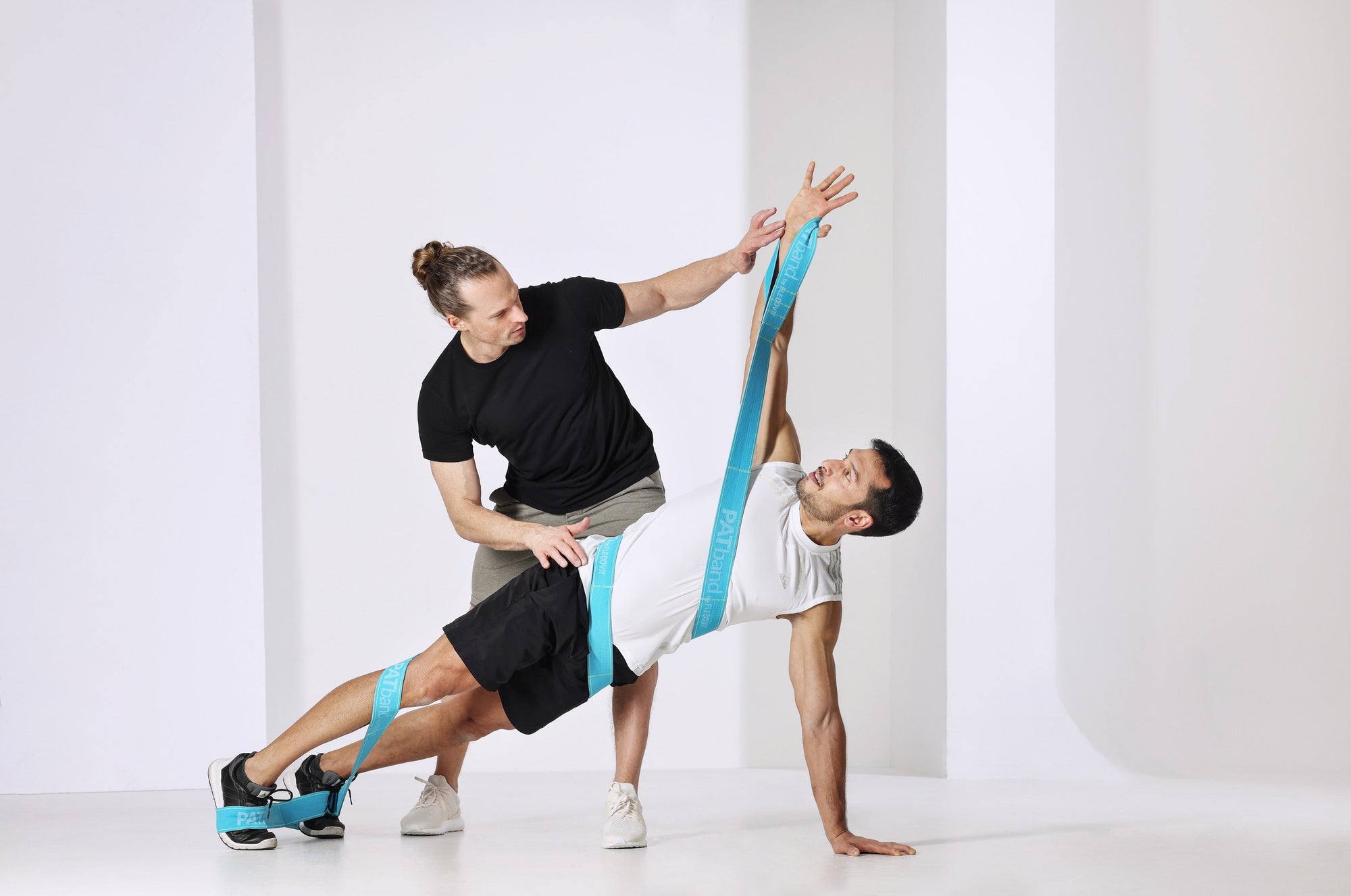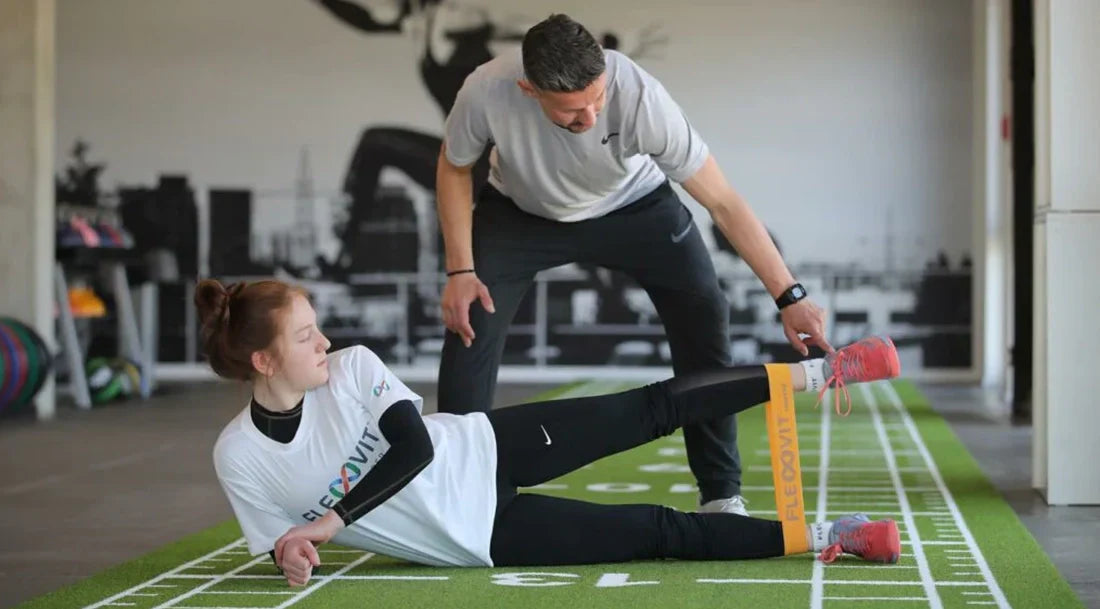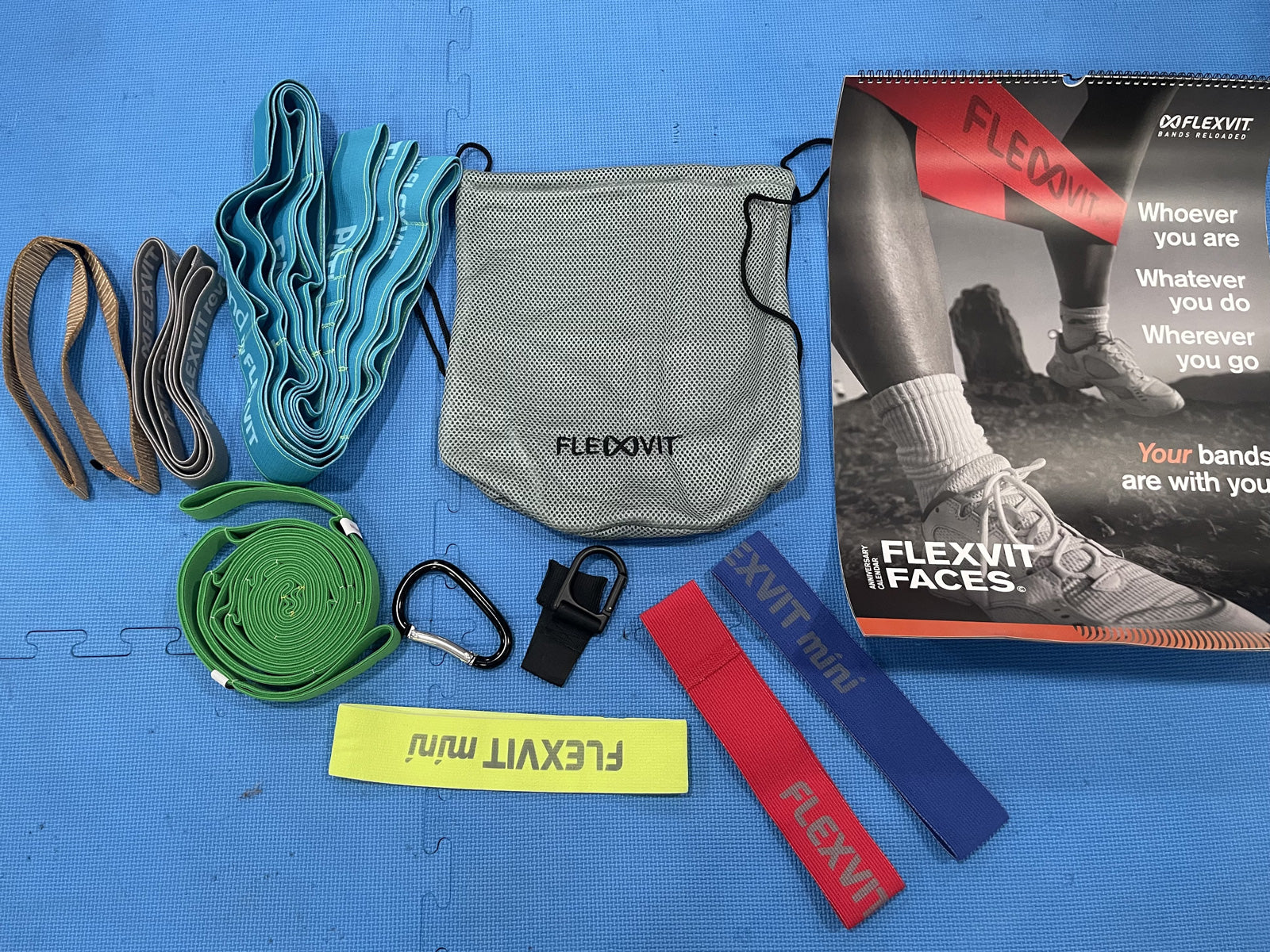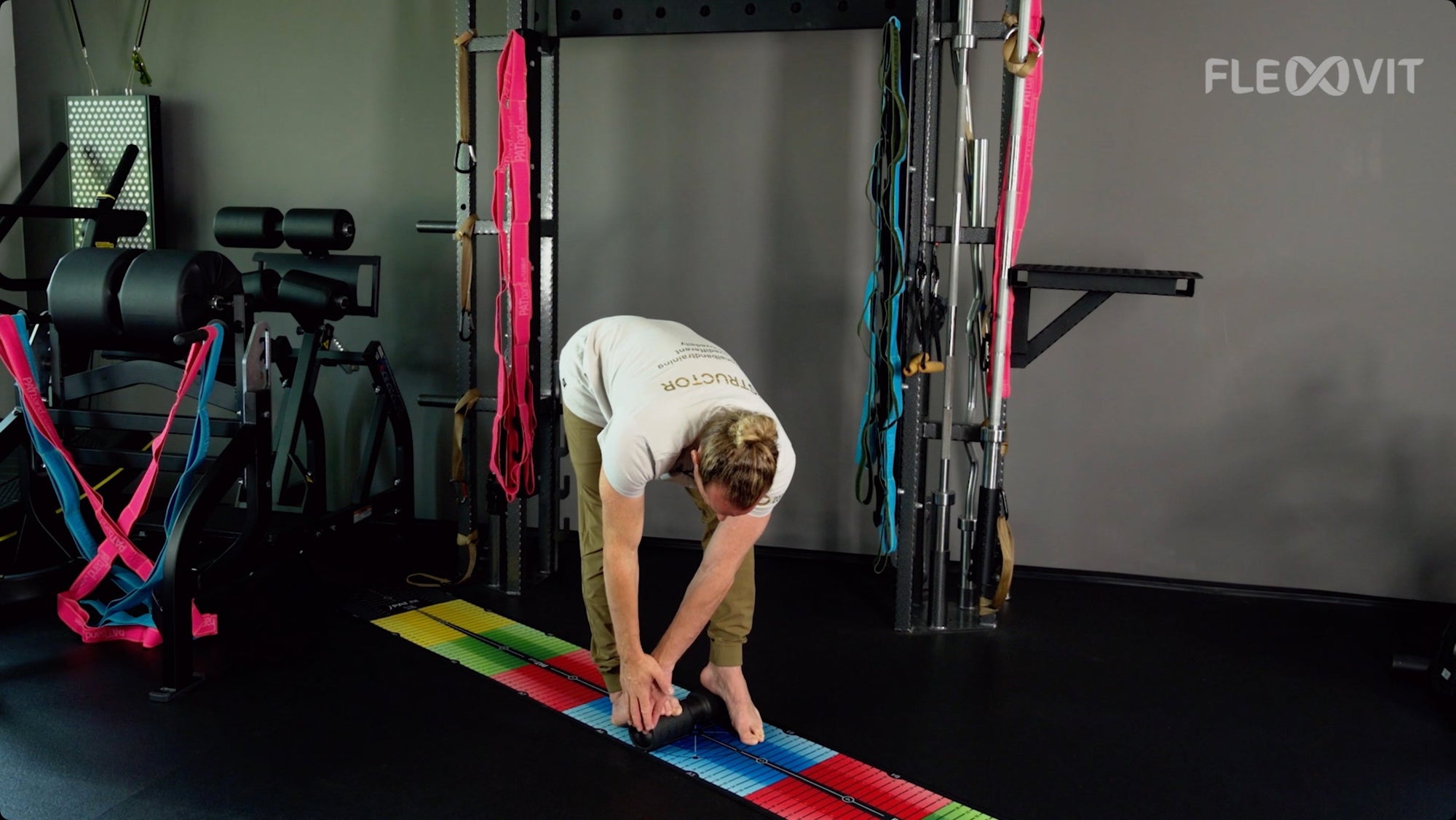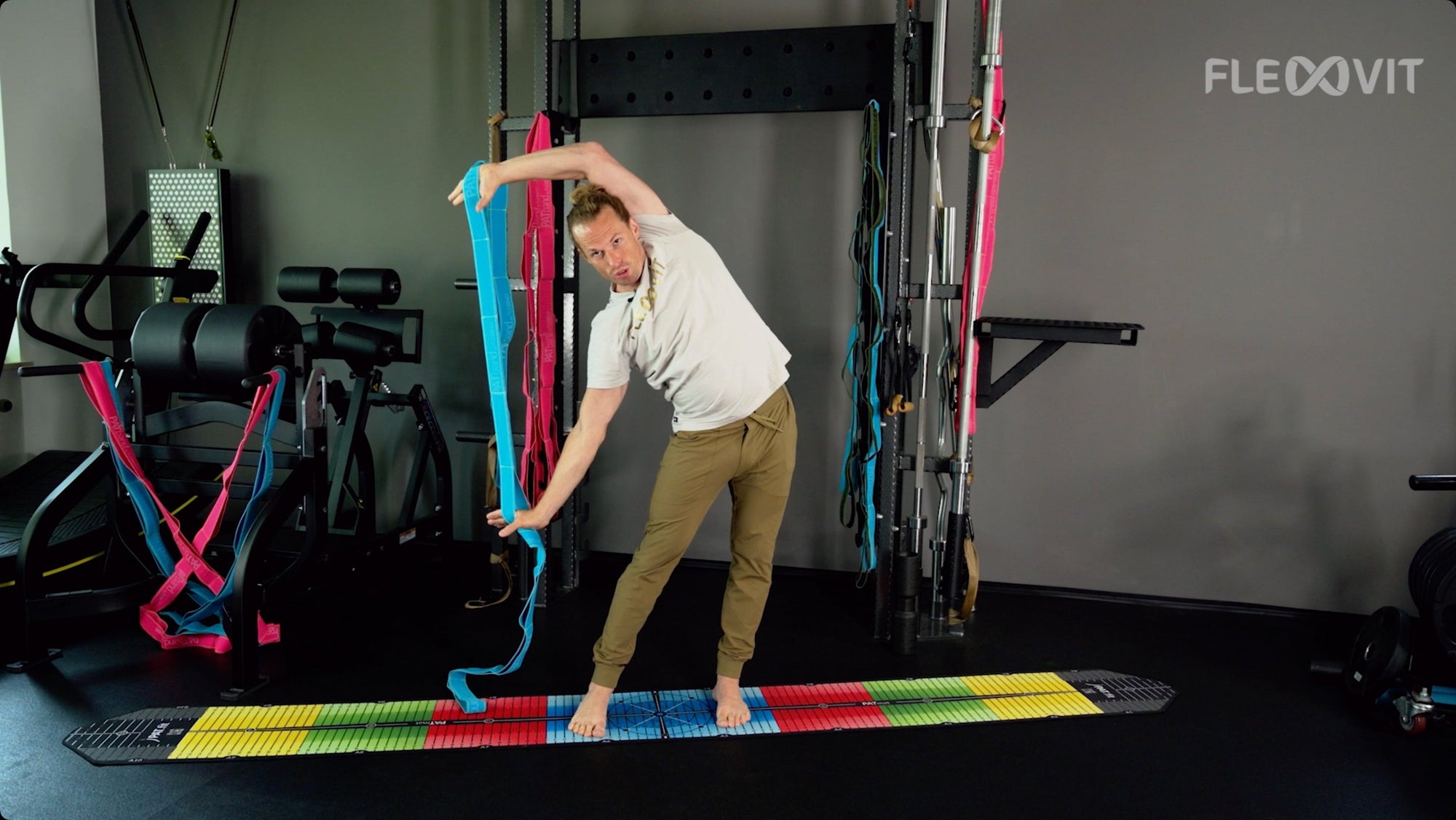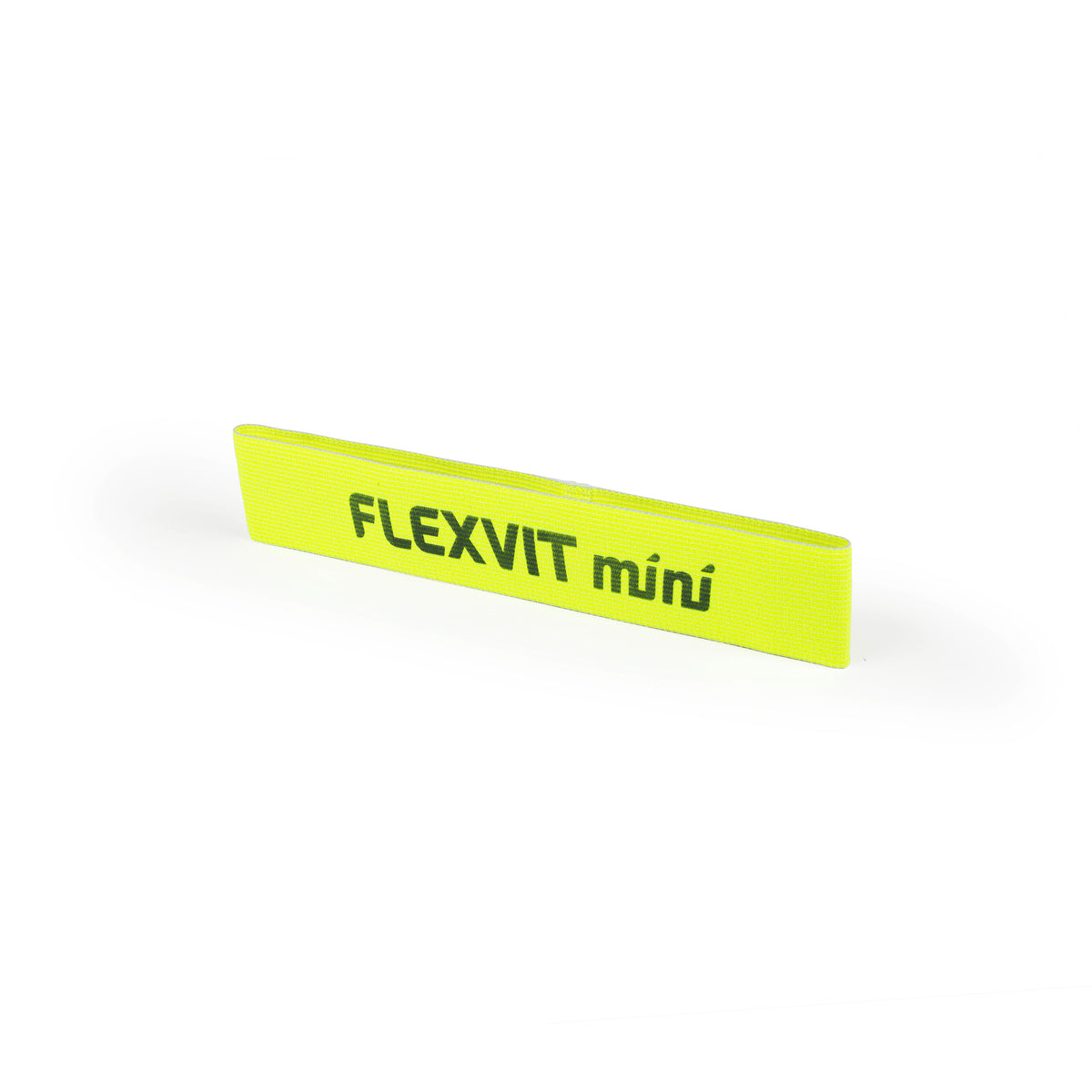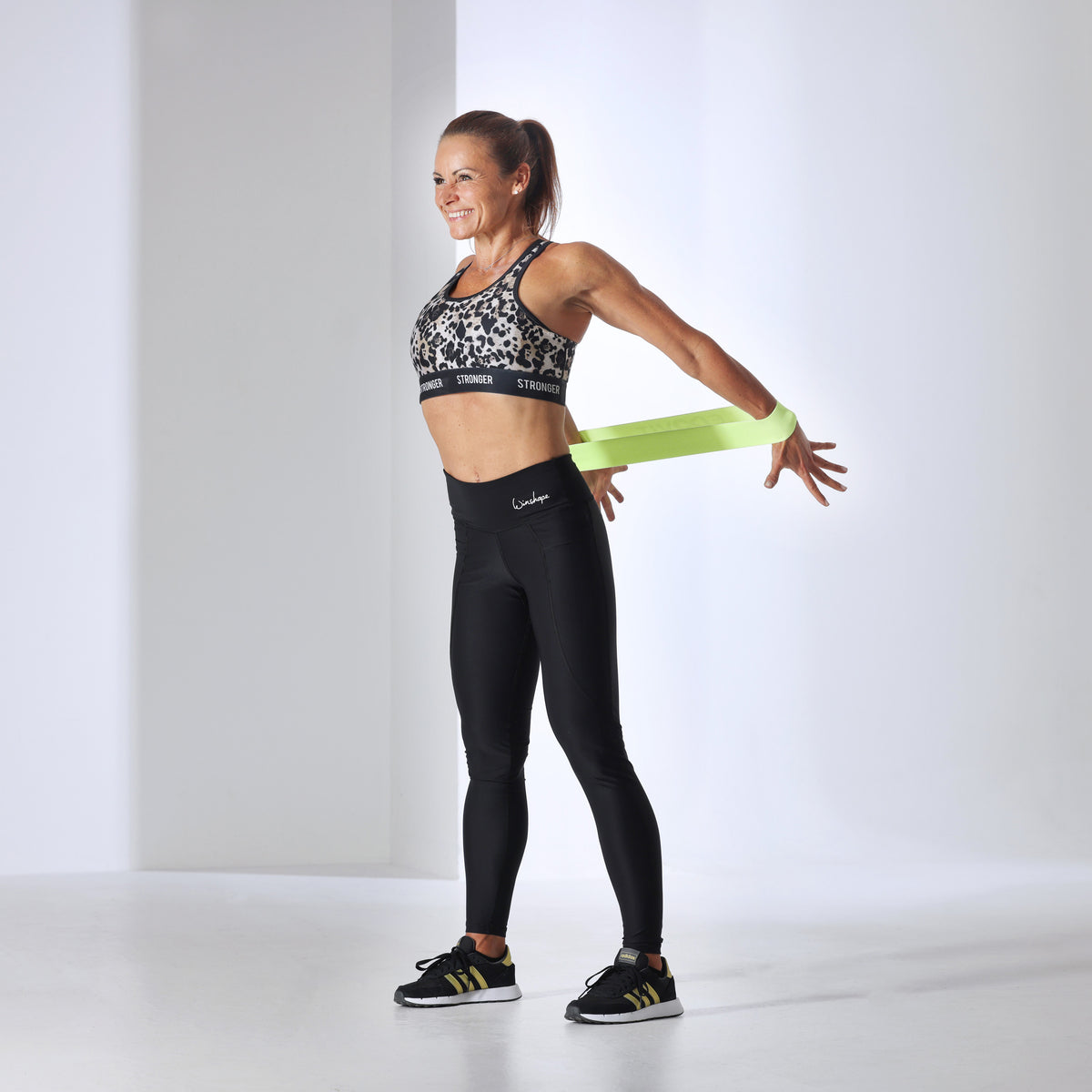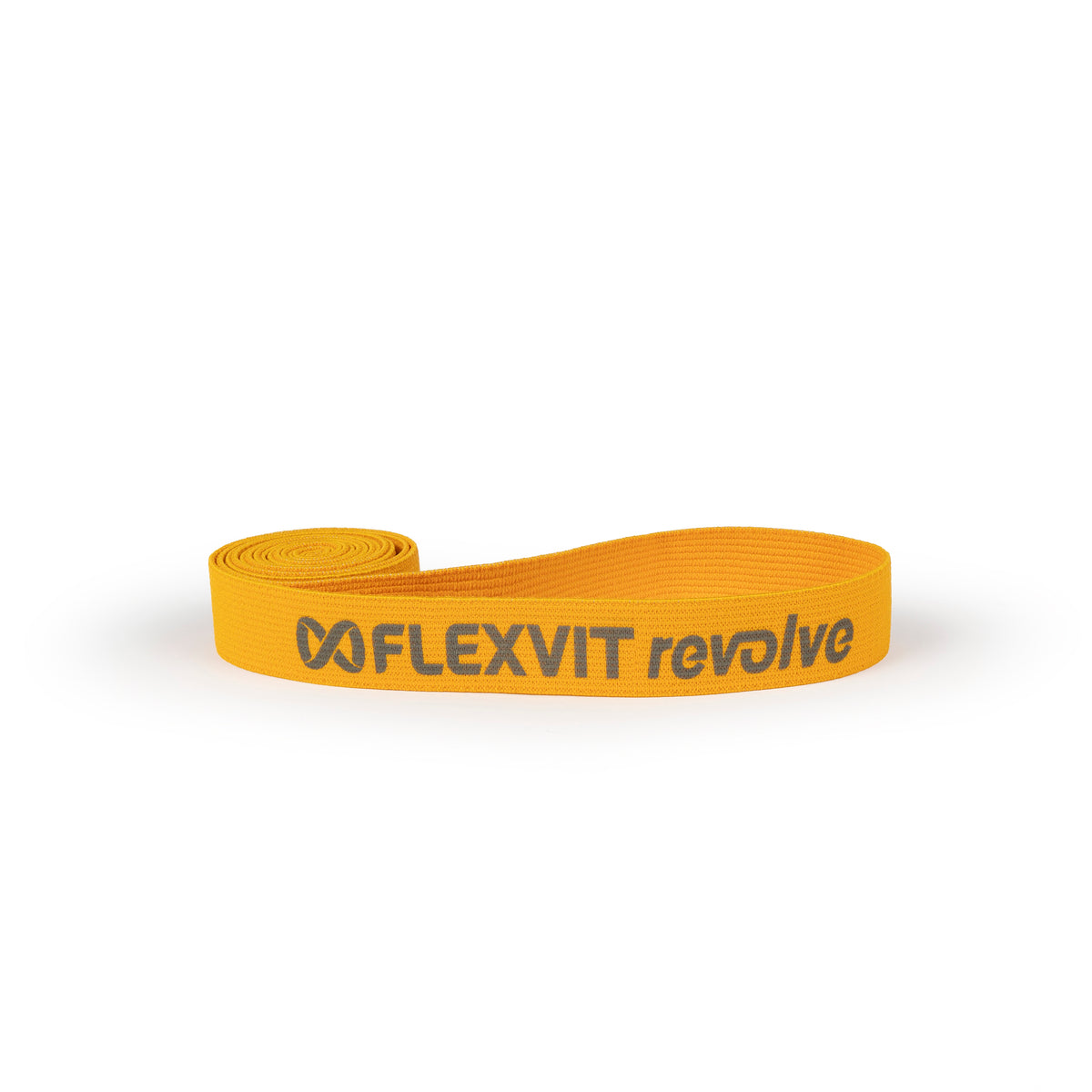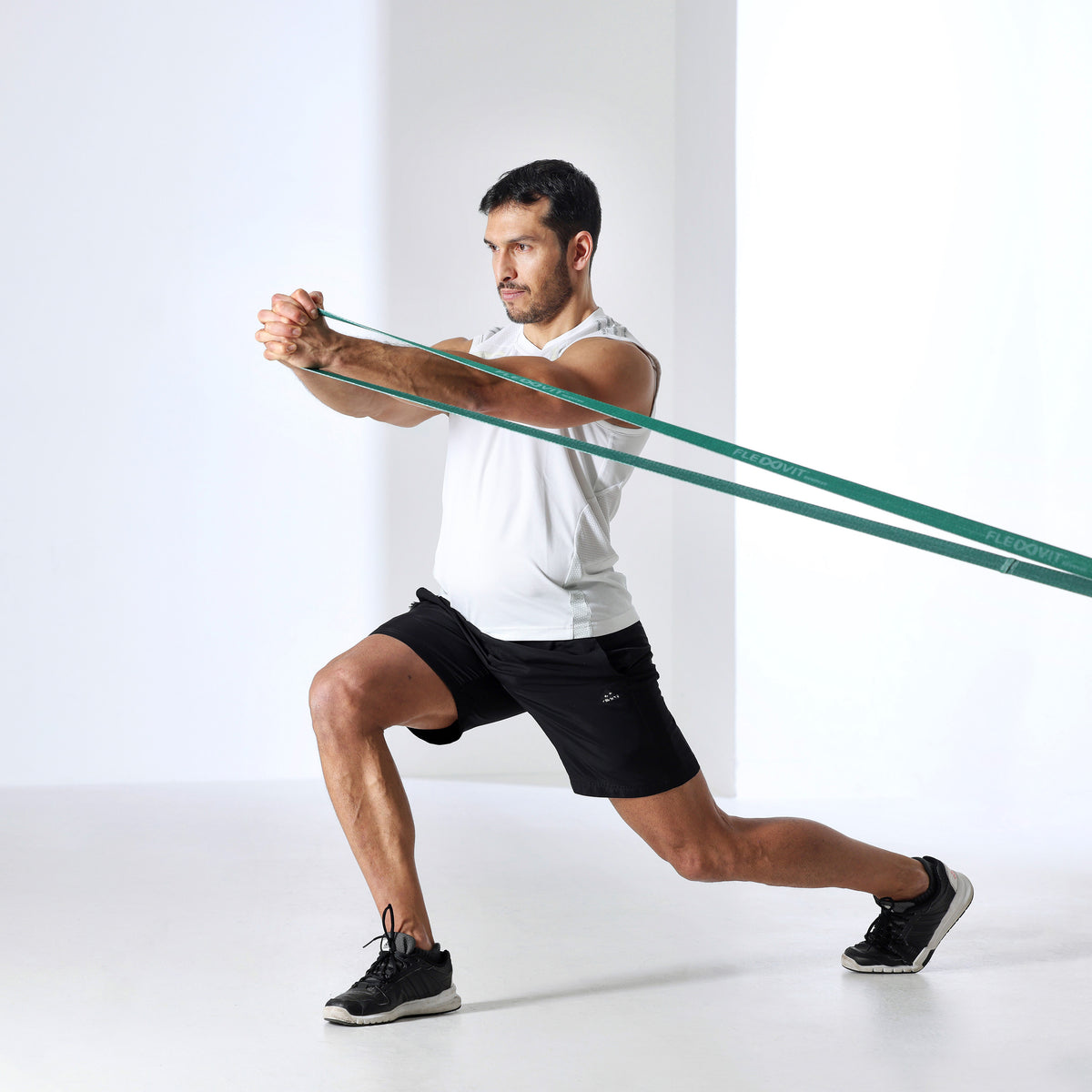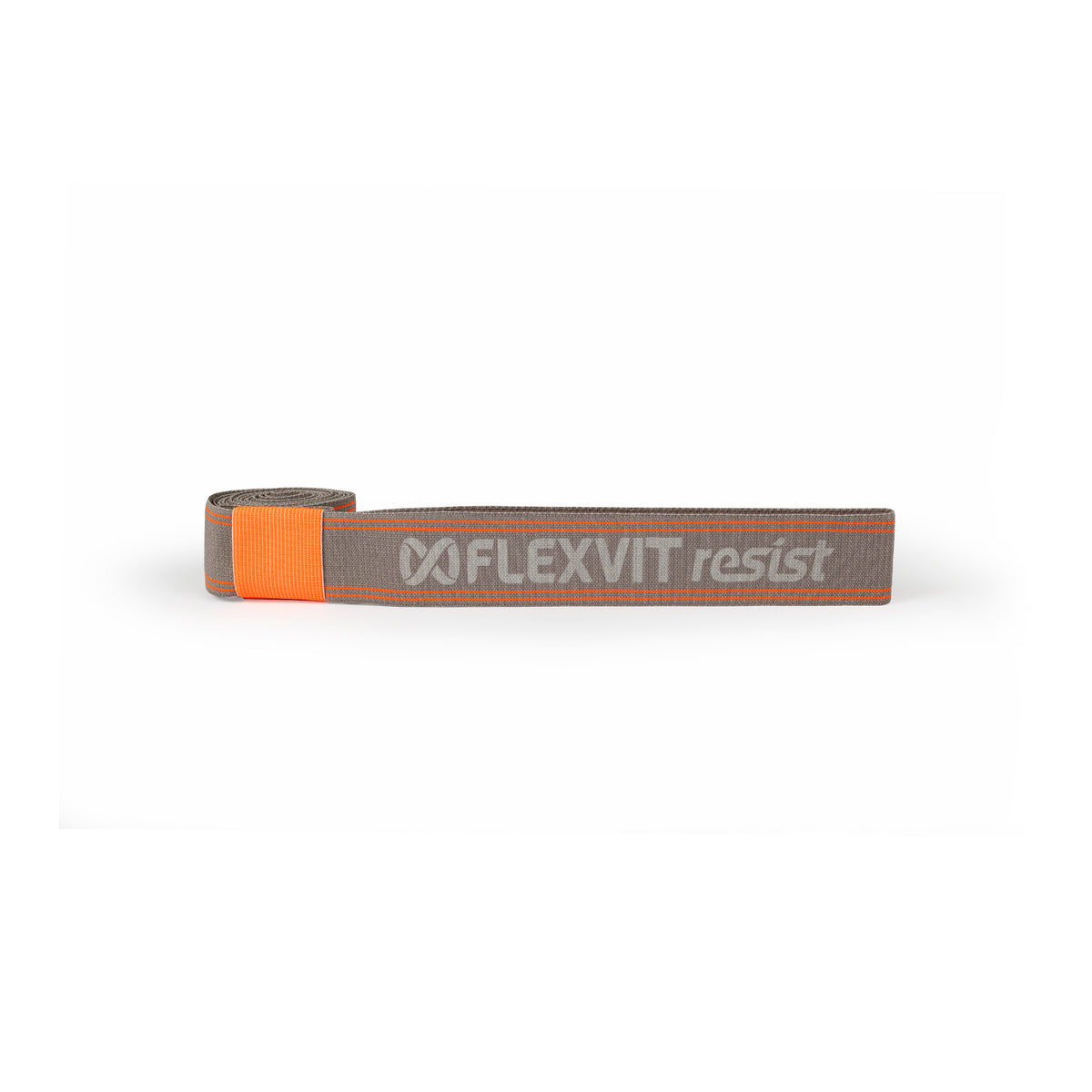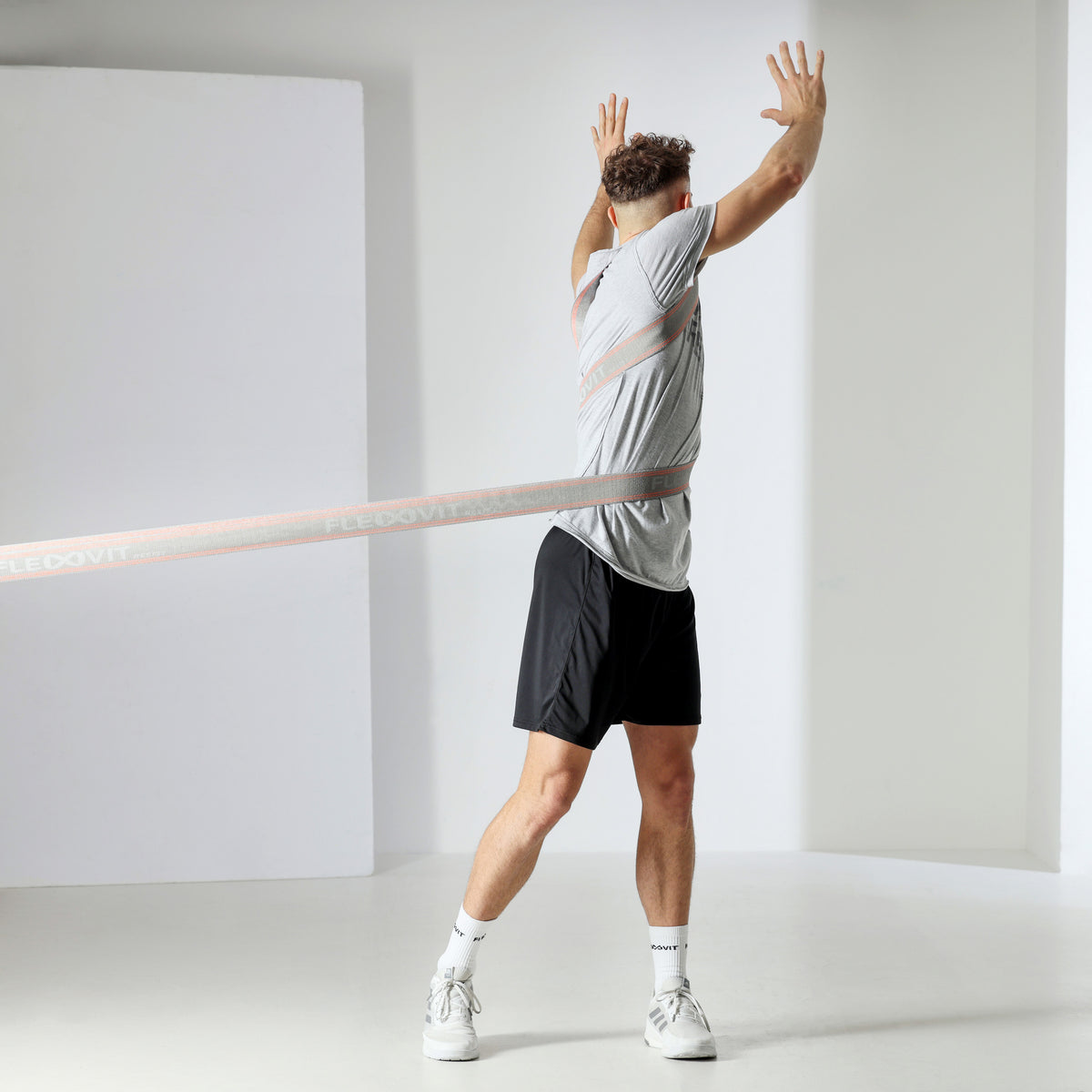Guest post by NeuroXtrain
Shoulder injuries are very common among athletes, especially overhead athletes. “Overhead” means that the arm performs an arc of movement above the head. The forces acting during these types of movements are very traumatic for the shoulder and this can lead to various injuries: rotator cuff tears, damage to the labrum, tendinopathies, etc. Contrary to what one might think, these injuries are not that Result of an isolated movement. Functional tears in the kinetic chain, such as deficits in the lower limbs, ribcage, trunk, and pelvic girdle, can contribute to kinetic chain breakdown and result in shoulder injury.

Rotator cuff tears are a common cause of shoulder injuries and force athletes to take a long break from competition and training. However, in the general population, rotator cuff tears most commonly affect patients older than 40 years of age. Physiological, age-related changes in tendon properties combined with overloaded movements are often described as the main cause of injury in older patients.
In young patients, the cause of rotator cuff tears is trauma or overuse from regular or intense physical activity. The repetitive nature of throwing in overhead athletes involves high demands and loads of up to 108% of body weight and humeral angular velocities in excess of 7,000 degrees/s. Unfortunately, the tendon insertion site is poorly vascularized, reducing the ability to heal from repetitive microtrauma and exercise-induced muscle damage (EIMD). These important loads and torques can lead to chronic destruction of the tendon fibers.
The main difference between rotator cuff lesions in these young athletes and older patients >40 years may be related to different pathomechanisms of the tear.
Risk factors
Rotator cuff strength deficit and glenohumeral internal rotation deficit (GIRD) have been identified as possible risk factors in common sports.
TOP 3 risk sports for rotator cuff tears:
- baseball
- rugby
- Handball
Pre-season examination is very important: The following factors could be the cause of chronic shoulder pain due to overuse during the season.
TOP 3 causes of chronic shoulder pain:
- reduced range of motion of internal rotation,
- reduced overall range of motion (internal rotation + external rotation),
- a strength deficit in the external rotators
Posterior shoulder stiffness is one of the most common sports adaptations in throwing athletes, but has also been cited as a potential risk factor for rotator cuff tears. In fact, muscle contracture can lead to a limitation in range of motion due to the repetitive activities. Therefore, it is very important to relax this structure after training or competition.
As the athlete throws or serves (overhead motion), the shoulder is placed under significant stress. This primarily challenges the eccentric capacity of the external rotators during the deceleration phase of the movement. For example, in sports such as tennis, high-level players without shoulder injuries have been shown to exhibit imbalances in shoulder rotation muscle strength. They change the relationship between the rotator cuff muscles of the same shoulder. Even if these differences do not seem to have a direct impact on the athlete's performance, it is a good starting point to identify them as quickly as possible and possibly include them in prevention programs. Weakness in external rotation strength has been identified as a risk factor for shoulder pain and rotator cuff tears.
Return to play (RTP)
RTP after shoulder injuries must be progressive. Protective equipment at the beginning, such as taping or harness, could be a good option to reduce the athlete's anxiety. In addition, it is important to continue to perform adapted and specific preventative exercises (e.g. rotator cuff exercises) and health care after returning to competition to avoid the risk of secondary injuries.

Aspects to consider for a secure RTP:
Glenohumeral range of motion (ROM)
- Internal rotation (IR) of the shoulder should be between 18°-25°.
- The IR side-to-side deviation should be less than 18° and the total side-to-side deviation (IR+ external rotation ER) should be less than 5°.
- If the IR deficit is compensated for by a gain in ER ROM due to sport-specific bone adaptation, then the athlete reduces his risk of injury.
Rotator Cuff Strength:
- The isokinetic ratio of ER/IR should be 66%.
- The isometric ratio of ER/IR should be 75%.
- A 10% increase in rotator cuff strength on the dominant side.
Scapular dyskinesia
Until a few years ago, scapular dyskinesis was considered a risk factor for shoulder injuries. Recent research has established that one should distinguish between pathological signs and sport-specific anatomical adaptations, ultimately concluding that this symptom should be considered on a case-by-case basis rather than in general.
Prevention strategies
To design the best preventative exercises, let's summarize the concept we should focus on:
- Rotator cuff strength
- Internal rotation mobility
- Strengthening the external rotators in the deceleration phase
- Stability, oscillation and proprioception
- Kinetic chain activity*
*Why is the kinetic chain important? Shoulder movements are not isolated movements at the joint, but rather a holistic transfer of energy from the legs to the shoulder. This is the only way to provide the necessary force to carry out a movement.
Fitness bands are a good option to increase strength and functionality. Compared to free weights, bands can provide resistance in any direction because the resistance band itself generates force (through stretching). Free weights, on the other hand, rely on gravity to provide resistance.
With resistance bands we can work in a multidirectional framework. This is very beneficial for the shoulder in prevention, training and rehabilitation.
Use of fitness bands for rotator cuff exercises:
- In prevention
- In active training
- For the rehabilitation of rotator cuff lesions
Exercises with resistance bands
Here are 2 rotator cuff exercises that could be included in a shoulder injury prevention program for overhead athletes. With the FLEXVIT® fitness bands, e.g. With the FLEXVIT Mini or the PATband, you can train your rotator cuff:
Stability + activity of the kinetic chain
This rotator cuff exercise trains the stability of your shoulder and activates the entire kinetic chain. Because the shoulder movement is coupled with core rotation and fascia stimulation.
Oscillation + shoulder elevation
Elastic oscillations are very interesting for working on the ability of the shoulder complex to stabilize the joint. The shoulder blade needs to be pulled back slightly to create a good framework for the movement.
About the authors 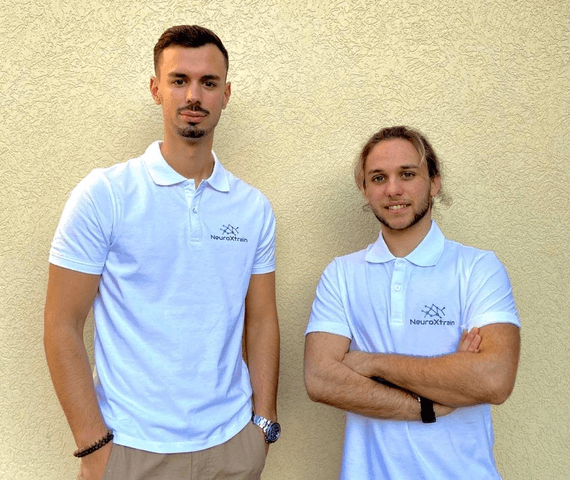
Antoine Fréchaud (left) and Nathan Touati (right) run NeuroXtrain, a website specializing in writing articles and various content on the topics of sports science, athlete rehabilitation, performance and new technologies for athlete health.
You can find more articles from NeuroXtrain in our blog or online.
Practical content such as videos on specific rehabilitation/prevention/strengthening exercises and much more:
Instagram | Facebook | LinkedIn

DISCLAIMER: This content (the description, images and videos) does not constitute medical advice or treatment plan and is intended for general educational and demonstration purposes only. This content should not be used for self-diagnosis or self-treatment of any health, medical or physical condition. This content cannot replace professional advice or medical advice. To be on the safe side, before using exercises to combat specific complaints, you should always consult a doctor or physiotherapist.

